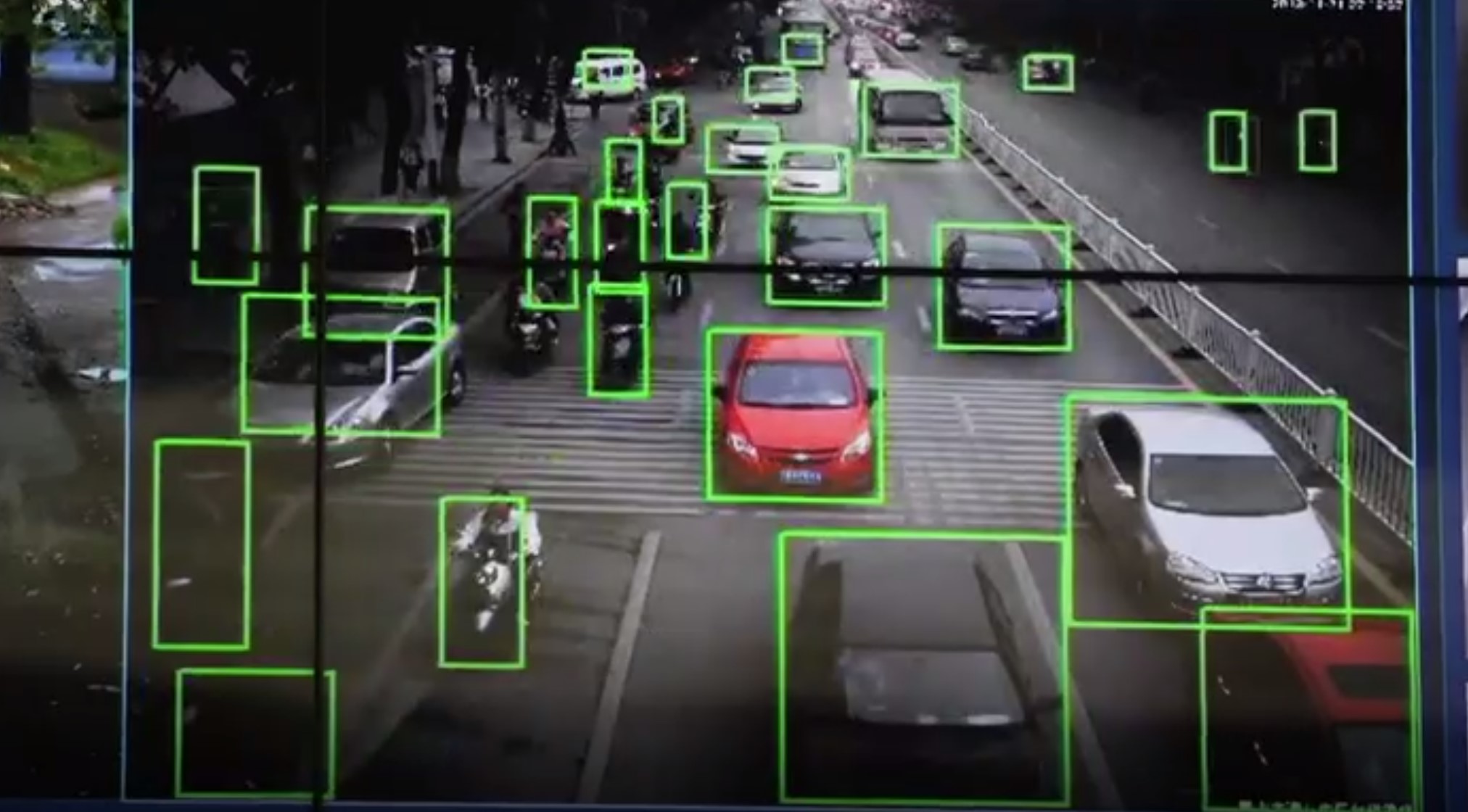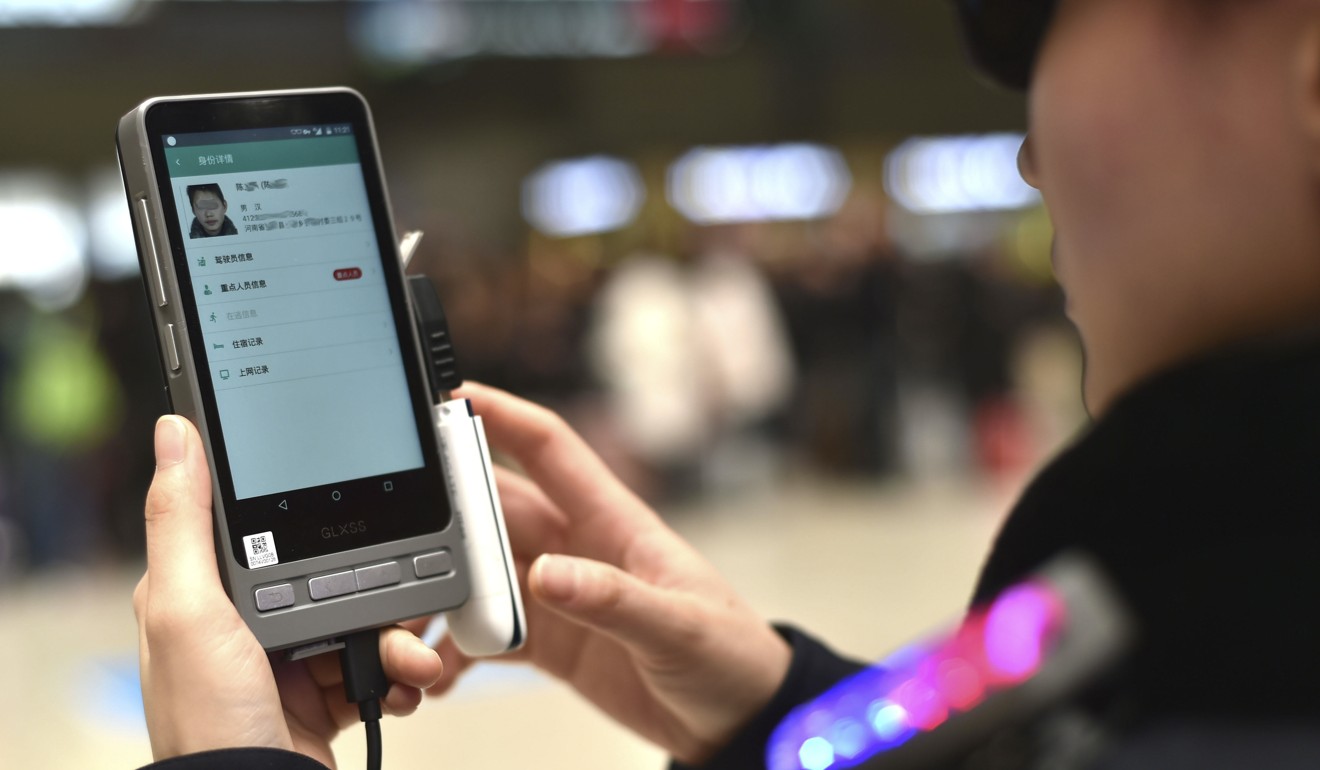Chinese policemen caught a suspect in economic crimes for 90 km from the city in which he was hiding, recognizing him in the queue for a concert with 50 thousand spectators. After the arrest, the suspect said that he would not have risked such a raid if he suspected about the real possibilities of the current facial recognition system in the country.

China at the moment can be called a leader in the effectiveness of the use of surveillance cameras and people search with their help, as well as in the field of face recognition by police officers with the help of special equipment. In December 2017, BBC correspondent
John Sudworth proved this with an experiment in which his photo was entered into the base, giving him the status of a suspect. The police within seven minutes found him in a city with a population of 4 million people.
Millions of cameras are supported by a system for recognizing faces and objects, which simultaneously monitors a huge number of citizens and guests of the country, the movement of vehicles. The same system determines friends and loved ones based on their meetings. Currently, there are more than 170 million surveillance cameras in the country, of which 20 million are the newest AI devices developed as part of Operation Sky Net to search for corrupt officials, underground banks and other criminals.


In April 2017, in order to combat inaccurate pedestrians in
Shenchzhen , they were hunted with cameras and information boards. Information about them will be stored in the database and displayed on the screen along with the history of such offenses. In the spring of 2018, the system was decided to be
improved - not just placing a photo on the screen, but adding to it sending an image to an instant messenger.
This is one of the tools with which the PRC wants to reduce the number of deaths in traffic accidents, of which 21.5% from 2009 to 2013 fell to the transition to red. Among the consequences for the offender are difficulties with loans in banks.

In addition to the installed cameras, the police
use wearable devices in the form of glasses. The first units were the transport police in Zhengzhou City, as they work in places through which large flows of people pass - 70 to 120 thousand passengers pass through Zhengzhou East Station daily. GLXSS glasses from the Chinese manufacturer LLVision Technology Co. with video cameras send the data to the handheld, which sends them to the database for comparison with existing users.
In the first week, Chinese policemen detained 7 people who were wanted for escaping from the scene of an accident and kidnapping, and 26 people with fake IDs.

The system once again proved its effectiveness when it helped to catch a person suspected of committing financial crimes among 50,000 spectators at a Jackie Chun concert. The suspect was recognized in the queue at the entrance, and arrested a little later in the hall. He came to the concert with his wife and friends and traveled 90 kilometers from Zhanshu to Nanchang to leave with the police.

An addition to the existing system could be the development of
SenseTime , a unicorn company, which investors valued at $ 3 billion and in which they invested $ 600 million in the last round. This is the most expensive startup in the world associated with artificial intelligence.
The application is installed on 100 million smartphones and tablets, and in the future can get access to the national base of cameras. The next stage will be a video platform Viper, which will analyze video with a capacity of 100,000 one-time broadcasts from traffic cameras, ATMs, train stations, gas stations and shops.
It would seem that people will have to wear a mask. But Chinese scientists are not asleep: in October 2017, they developed a system that can recognize a person by
walking .